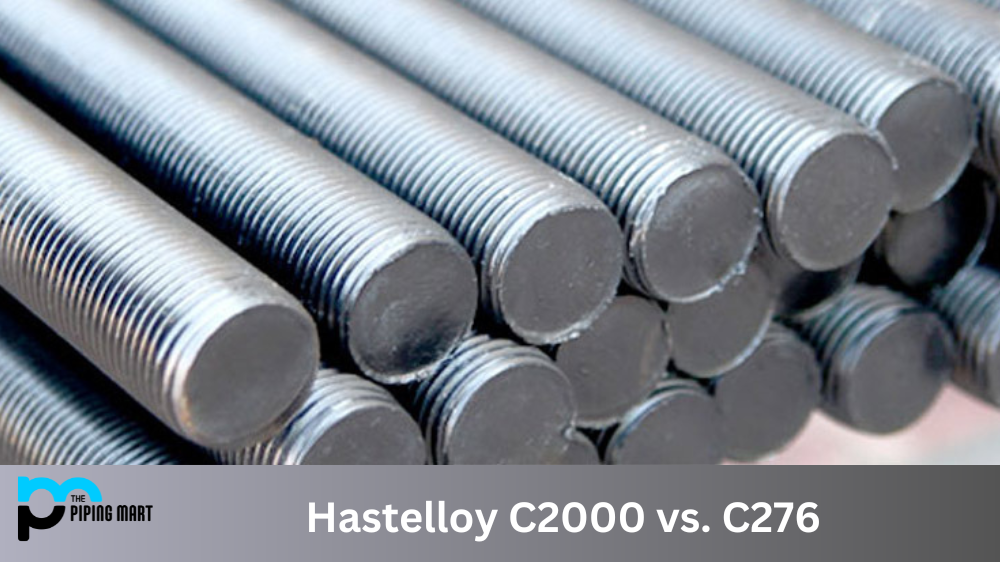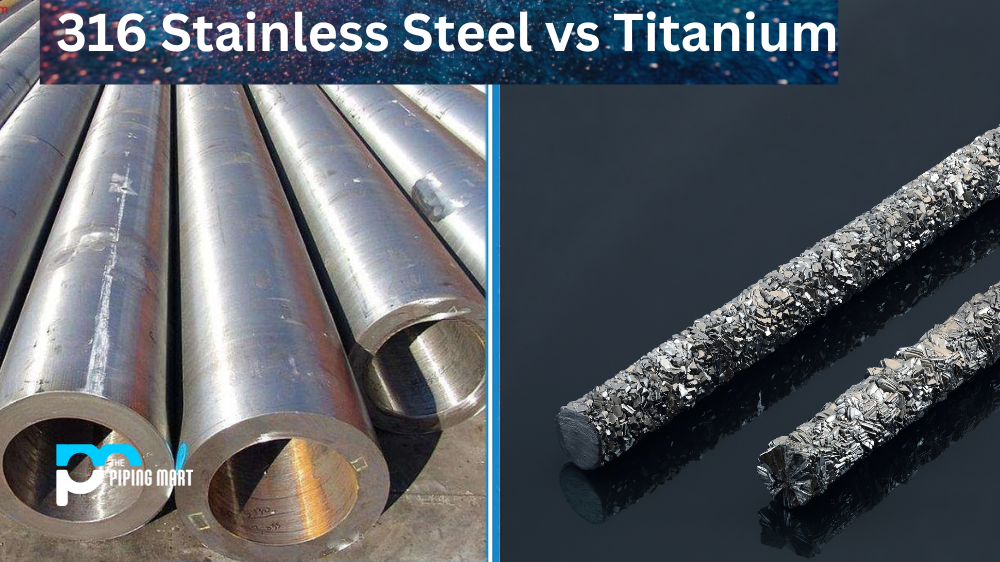If you’re looking for a reliable, corrosion-resistant alloy to produce various industrial components, two of the best options are Hastelloy C2000 and Hastelloy C276. While both alloys offer excellent corrosion resistance, some key differences between them should be taken into account when selecting an alloy for your needs. Let’s take a closer look at the similarities and differences between Hastelloy C2000 and C276.
Hastelloy C2000
Hastelloy C2000 is an austenitic nickel-chromium-molybdenum-tungsten alloy with excellent corrosion resistance across various corrosive media. It has good resistance to stress corrosion cracking and pitting and superior oxidation resistance compared to other alloys of similar composition. It also offers excellent formability and weldability, making it ideal for chemical processing equipment and heat exchanger applications.
Hastelloy C276
Hastelloy C276 is another nickel-chromium-molybdenum alloy with exceptional corrosion resistance in both oxidizing and reducing environments. It has good weldability and formability and can be used in applications such as chemical process equipment and piping systems. However, it does not have the same tungsten content or oxidation resistance level as Hastelloy C2000.
Hastelloy C276 vs Hastelloy C2000
Composition
Hastelloy C276 and Hastelloy C2000 both contain chromium, molybdenum, nickel, iron, manganese, and silicon. However, Hastelloy C2000 also contains copper and tungsten.
Melting Point
Hastelloy C276 has a melting point of 1370 degrees Celsius, while Hastelloy C2000 has a melting point of 1425 degrees Celsius.
Tensile Strength
Hastelloy C276 has a tensile strength of 655 MPa, while Hastelloy C2000 has a tensile strength of 724 MPa.
Yield Strength
Hastelloy C276 has a yield strength of 413 MPa, while Hastelloy C2000 has a yield strength of 552 MPa.
Elongation at Break
Hastelloy C276 has an elongation at break of 30%, while Hastelloy C2000 has an elongation at break of 35%.
Modulus of Elasticity
Hastelloy C276 has a modulus of elasticity of 193 GPa, while Hastelloy C2000 has a modulus of elasticity of 207 GPa.
Conclusion
As you can see from the chart above, both alloys offer excellent corrosion resistance but differ in terms of their composition; Hastelloy C2000 has higher levels of nickel and tungsten than its counterpart while offering superior oxidation resistance. Both alloys are highly weldable and formable, making them suitable for various industrial applications where high-performance levels are required against harsh chemicals or extreme temperatures. Ultimately, which alloy you choose will depend on your specific needs; both offer excellent protection against corrosion but may differ slightly in terms of their properties depending on those needs. When selecting an alloy for your application, be sure to do your research to select one that meets your requirements!
Meet Heer, a dynamic and driven writer learning tricks of her trade in the metal industry. With a background in Digital Marketing, Heer brings a unique perspective to her writing, sharing valuable insights. Apart from blogging she like reading and hiking.




